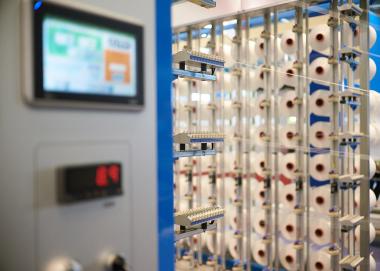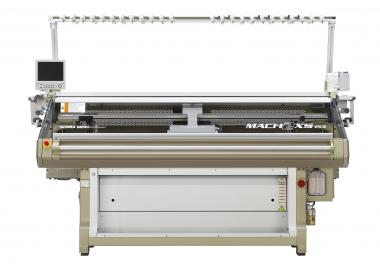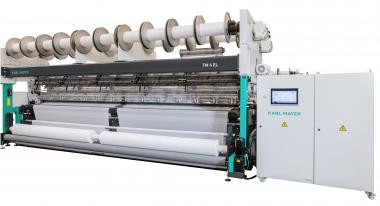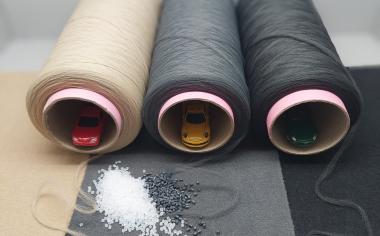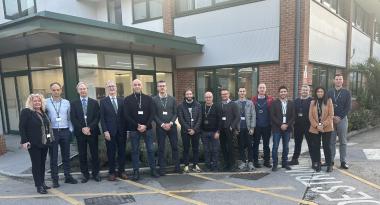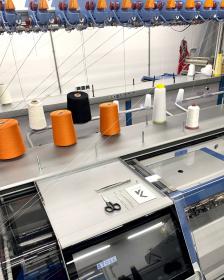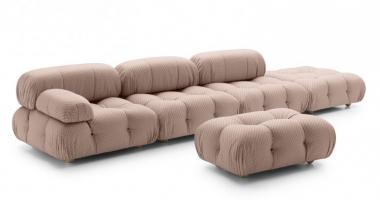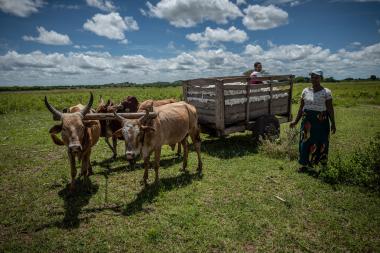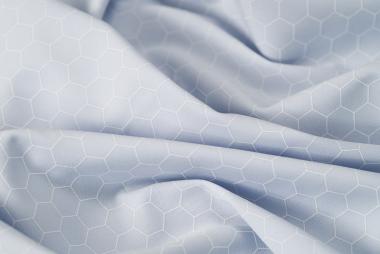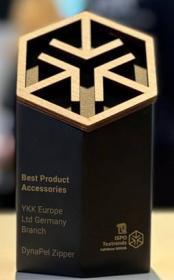SHIMA SEIKI at Knit-Tech 2024
SHIMA SEIKI MFG., LTD. is exhibiting at the Knit-Tech 2024 Exhibition (1st-4th March 2024) in Tiruppur, India, in cooperation with its partner Universal MEP Projects & Engineering Services Ltd.
SHIMA SEIKI will be introducing the latest computerized flat knitting equipment to this market as proposals for sustainable production through innovative shaping technology and the latest digital solutions.
SHIMA SEIKI's lineup at Knit-Tech is headed by its workhorse N.SSR®112 garment shaping machine in 14 gauge. N.SSR®112 features innovations such as the R2CARRIAGE®, spring-type moveable sinker, DSCS® Digital Stitch Control System, stitch presser, yarn gripper and cutter, and takedown comb. Shown for the first time is SHIMA SEIKI's new N.SSR®072 computerized jacquard collar machine that can produce shaped collars efficiently based on computer-generated designs.
Design is demonstrated on SHIMA SEIKI's SDS®-ONE APEX4 design system. At the core of the company’s "Total Fashion System" concept, it provides support throughout the supply chain, integrating production into one smooth and efficient workflow from yarn development, product planning and design, to machine programming, production and even sales promotion.
SHIMA SEIKI MFG., LTD








